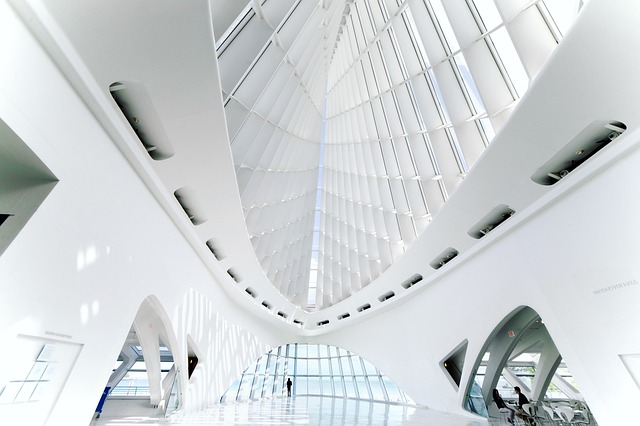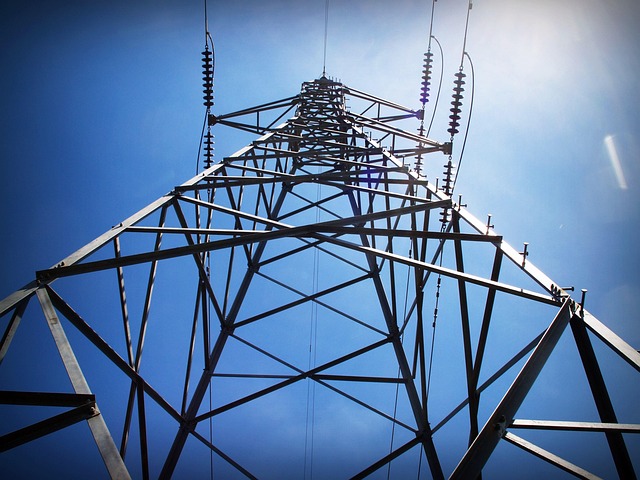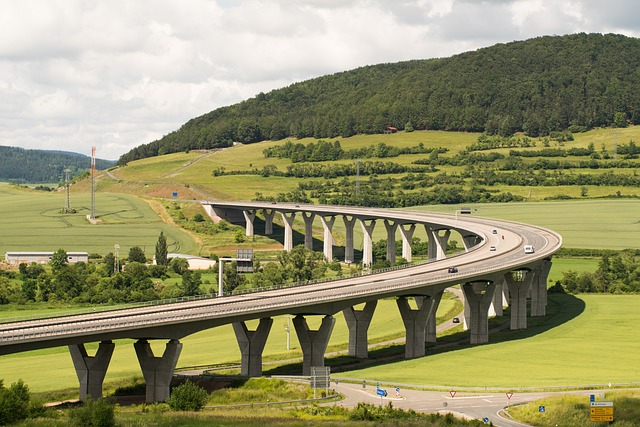Upgraded roads significantly enhance neighborhood desirability and real estate markets by improving safety, accessibility, aesthetics, and community pride. These benefits create a cycle that drives up property demand and prices, making neighborhoods with well-maintained road systems highly attractive to buyers. Experts note unseen advantages like better emergency services, reduced congestion, increased connectivity, and boosted aesthetic appeal, all contributing to elevated property values over time.
Upgraded roads are not just about smoother commutes; they significantly elevate property appeal and values in neighboring areas. This article explores the multifaceted impact of road enhancements, focusing on three key aspects. We analyze how improved infrastructure makes neighborhoods more desirable for potential homebuyers, boosts real estate market dynamics, and quietly enhances the quality of life for residents. By understanding these connections, homeowners, investors, and developers can better appreciate the long-term benefits of road upgrades.
The Impact of Road Upgrades on Neighborhood Desirability

Upgraded roads significantly enhance the desirability of a neighborhood, which has profound implications for real estate. When roads are improved, they become safer, more accessible, and aesthetically pleasing, all factors that contribute to a community’s overall appeal. This boost in attractiveness creates a positive feedback loop; homeowners invest in their properties, knowing that upgraded infrastructure increases their value. In turn, the elevated neighborhood standards attract new residents seeking high-quality living environments, further driving up property demand and prices.
Moreover, well-maintained roads foster a sense of community and pride among residents. They facilitate easier commuting, better emergency response times, and enhanced logistics for local businesses, thereby improving the overall quality of life. These benefits collectively make upgraded roads a key differentiator in real estate markets, making neighborhoods with such amenities highly sought after.
How Improved Infrastructure Boosts Property Values

Improved infrastructure, including upgraded roads, significantly enhances property appeal in the real estate market. When a neighborhood benefits from well-maintained and modern road systems, it instantly becomes more desirable to potential buyers. This boost in attractiveness is largely due to the increased accessibility and convenience that new roads offer. Better connectivity allows for easier commuting, which is a top priority for many home purchasers. A seamless transportation network also encourages economic growth, attracting businesses and generating a positive feedback loop that further raises property values.
Moreover, upgraded roads contribute to a sense of community and overall quality of life. They promote safety with improved lighting, reduced congestion, and better emergency services access. These benefits create an environment where residents feel more connected to their surroundings, fostering a sense of pride in their neighborhood. As a result, properties in areas with advanced infrastructure tend to hold their value or even increase over time, making them attractive investments in the real estate market.
Enhancing Quality of Life: The Unseen Benefits of Upgraded Roads

Upgraded roads bring more than just smoother commutes; they significantly enhance the quality of life for residents, a factor that real estate experts often refer to as “unseen benefits.” Beyond convenience, these improvements contribute to increased safety, reducing accident risks and making communities more livable. Well-maintained roads also foster better accessibility, enabling easier travel for emergency services and improving overall connectivity within neighborhoods.
Moreover, the aesthetic appeal of well-upgraded thoroughfares adds to the desirability of nearby properties. A clean, maintained road network enhances the curb appeal of homes and businesses alike, potentially increasing property values. This effect is particularly notable in suburban areas where residential streets play a vital role in community aesthetics and daily life.






